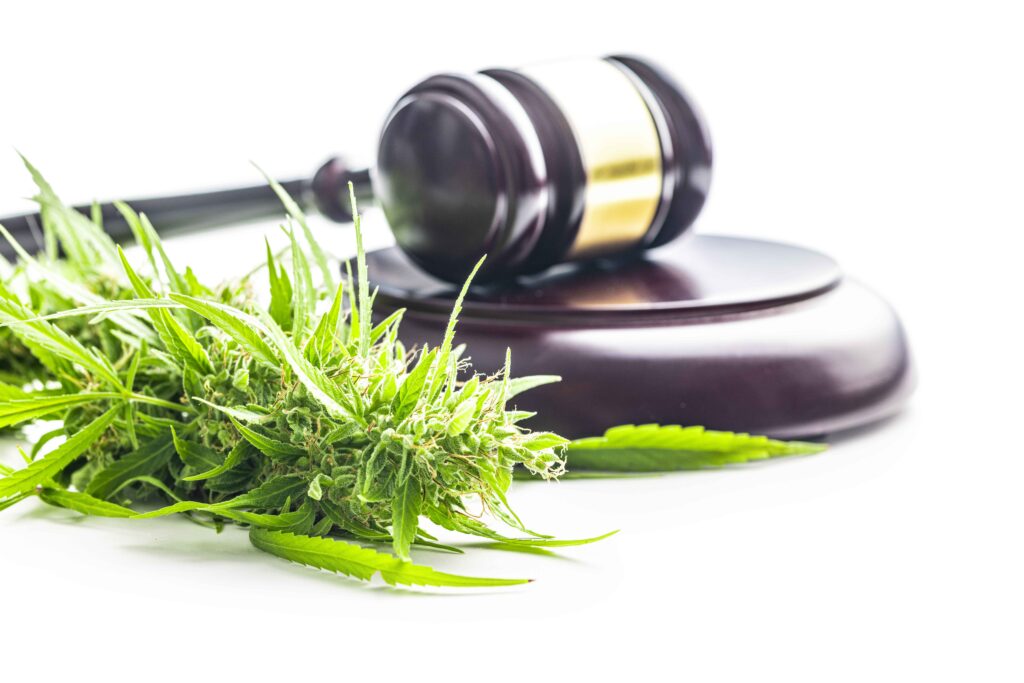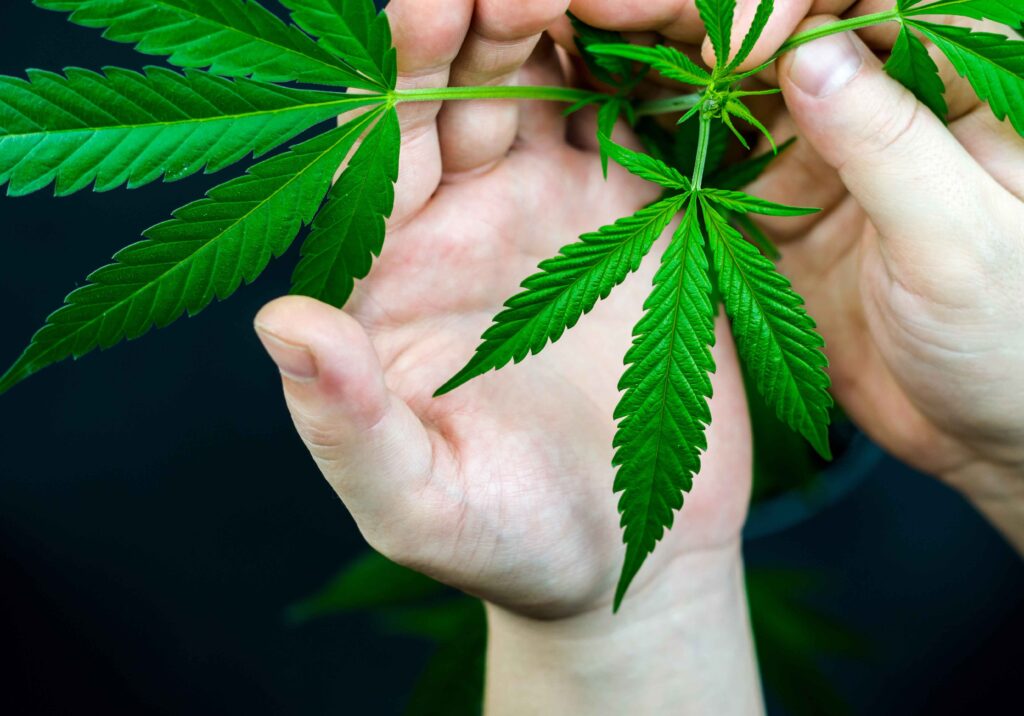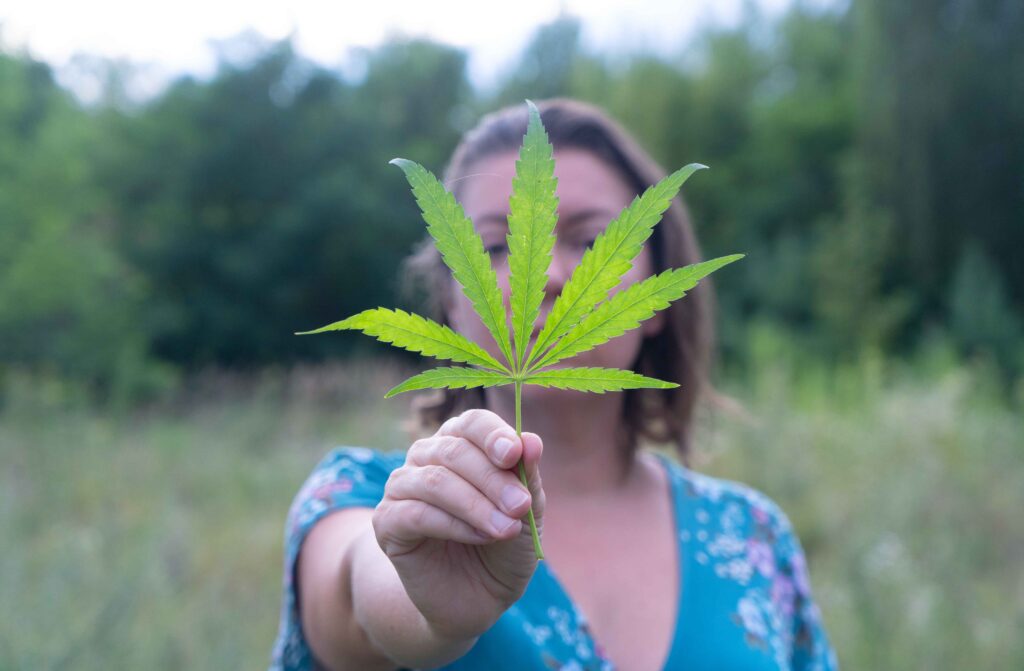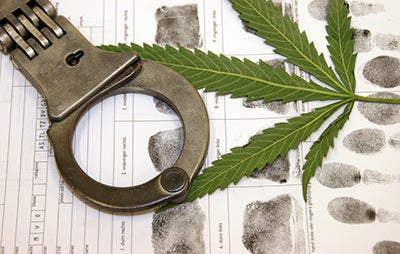Cannabis, Cannabis for Health
The History of Cannabis Prohibition: Lessons Learned and the Path to Legalization
In recent years, the conversation surrounding cannabis has shifted dramatically. What was once a highly stigmatized and prohibited substance is now being recognized for its potential benefits and economic opportunities. In this blog post, we will delve into the history of cannabis prohibition, explore the lessons learned from this era, and discuss the path to legalization that many countries and states are now embracing.

1. The Origins of Cannabis Prohibition:
Cannabis prohibition can be traced back to the early 20th century when various factors, including racial prejudice, political agendas, and moral panic, led to the demonization of the plant. The Marihuana Tax Act of 1937 in the United States marked the beginning of a global movement towards criminalizing cannabis.
2. Lessons Learned from Prohibition:
a. Racial and Social Injustice: One of the most significant lessons learned from cannabis prohibition is the disproportionate impact it has had on marginalized communities. The enforcement of cannabis laws has disproportionately affected people of color, leading to a cycle of incarceration and perpetuating social inequality.
b. Failed War on Drugs: The era of cannabis prohibition also highlighted the failure of the broader “War on Drugs” approach. Despite decades of criminalization and strict enforcement, cannabis remained widely available and its use continued to persist.

3. Shifting Public Opinion:
Over time, public opinion regarding cannabis has evolved. People have become more educated about its potential medical benefits, economic opportunities, and the unjust consequences of prohibition. This shift in public sentiment has played a crucial role in paving the way for the legalization movement.
4. The Path to Legalization:
a. Medical Cannabis: The recognition of cannabis as a valuable medical treatment has been a driving force behind the push for legalization. Many countries and states have implemented medical cannabis programs, allowing patients to access cannabis for therapeutic purposes.
b. Decriminalization: Some jurisdictions have chosen to decriminalize cannabis, reducing penalties for possession and focusing on harm reduction rather than punishment.
c. Legalization for Adult Use: A growing number of countries and states have taken the bold step of legalizing cannabis for adult recreational use. This approach aims to regulate the market, ensure consumer safety, and generate tax revenue.

5. Benefits of Legalization:
a. Economic Opportunities: Legalizing cannabis has created a thriving industry, generating jobs and tax revenue. It has also provided opportunities for small businesses and entrepreneurs to enter the market.
b. Social Justice: Legalization efforts often include provisions for expunging past cannabis-related convictions and addressing the social injustices caused by prohibition.
c. Consumer Safety: Legalization allows for regulation and quality control, ensuring that consumers have access to safe and tested cannabis products.
The history of cannabis prohibition has taught us valuable lessons about the consequences of criminalization and the need for a more compassionate and evidence-based approach. The path to legalization has been paved by shifting public opinion, the recognition of cannabis’s medical benefits, and the desire for social justice. As more countries and states embrace legalization, it is crucial to continue learning from the past and working towards a responsible and equitable cannabis industry.

